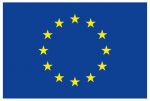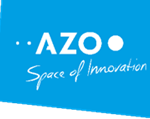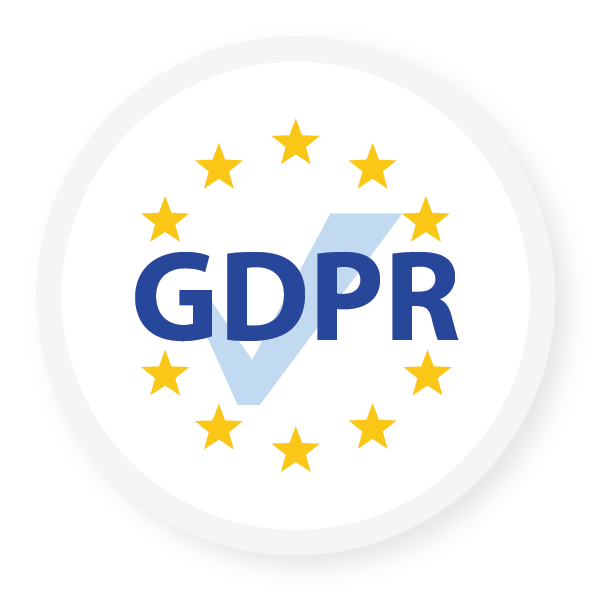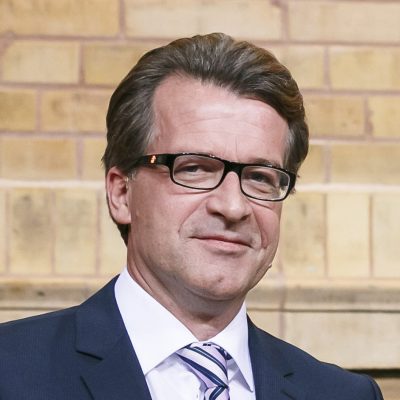Dr Dejan Vinkovic, Matko Smoljan
It is a little-known fact that light pollution is one of the fastest growing and most pervasive forms of environmental pollution. It is defined as any adverse effect of artificial light – where light is wasted on illuminating the sky, surfaces and plants, or shining directly into the eye of bystanders, thus actually reducing visibility. Light pollution wastes energy, affects astronomers and scientists, disrupts global wildlife and ecological balance, and has been linked to negative consequences in human health. Monitoring the level of light pollution on a global scale is still an unsolved problem. Satellite imaging helps in estimating light pollution around the world, but only by modelling the amount of light scattered down to the Earth. This is why we are working on transforming smartphones into sensors for detecting light under lowlight conditions. The mobile application will use phone cameras, gyroscopes, and GNSS to detect amounts of light, camera direction, and the observer’s geolocation. This data will then be automatically sent to the central server, where information from all around the world will be collected and transformed into high-resolution light pollution maps.
Contact:
dejan@iszd.hr
www.iszd.hr






